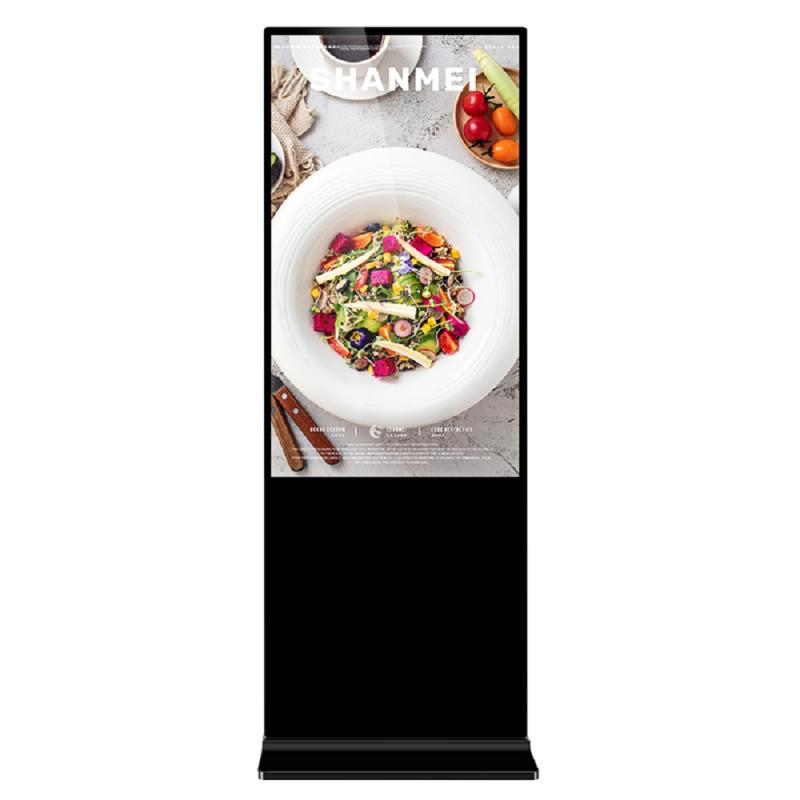How to buy kiosk digital signage step by step?
1. Identify Your Needs: Determine the objectives and required features for the kiosk.
2. Set a Budget: Establish a budget for all related costs including hardware, software, and maintenance.
3. Research Vendors: Look for reputable kiosk manufacturers and suppliers.
4. Request Quotes and Proposals: Obtain detailed quotes from multiple vendors to compare pricing and features.
5. Evaluate Hardware Options: Select hardware components that meet your specific requirements.
6. Assess Software Solutions: Choose a CMS and software that support needed functionalities and integrate with your systems.
7. Customization and Design: Work with the vendor to customize the kiosk’s interface and hardware.
8. Pilot Testing: Conduct a pilot test to evaluate performance and make adjustments based on feedback.
9. Finalize Purchase and Contracts: Review and finalize the purchase agreement, ensuring all specifications are documented.
10. Installation and Setup: Plan and execute the installation in strategic locations.
11. Staff Training: Train staff on operating, maintaining, and updating the kiosks.
12. Ongoing Monitoring and Maintenance: Regularly monitor performance and schedule maintenance and updates.
Key Considerations
- Integration: Ensure compatibility with existing systems and networks.
- Content Updates: Support remote real-time content updates to ensure information timeliness and accuracy.
- Versatility: Support multiple functions and applications to meet the needs of different scenarios.
Summary: Kiosk digital signage is a powerful tool for enhancing communication, providing dynamic and interactive content, and improving user engagement across multiple sectors. Their versatility, ease of use, and ability to display real-time information make them an essential component for modern public spaces, retail environments, healthcare facilities, transportation hubs, and more.
By using kiosk digital signage, businesses and public service institutions can offer richer content, more convenient services, and superior user experiences, while improving operational efficiency and user satisfaction.


















What did our happy clients say?
Intuitive User Interface: The user interface of this digital kiosk display is exceptionally intuitive, making customer interactions seamless. I'm highly satisfied with its user-friendly design.
Robust Hardware Performance: The hardware of this digital kiosk display is impressively robust and reliable, handling high-volume usage without any issues. I'm very pleased with its durability.
Smooth Software Operation: I'm impressed with the smooth performance of the software on this digital kiosk display. It runs flawlessly, providing dependable support for our operations.
Responsive Customer Support: I greatly appreciate the manufacturer's quick response and professional support. They ensure timely resolutions to any issues, enhancing our satisfaction with this digital kiosk display purchase.